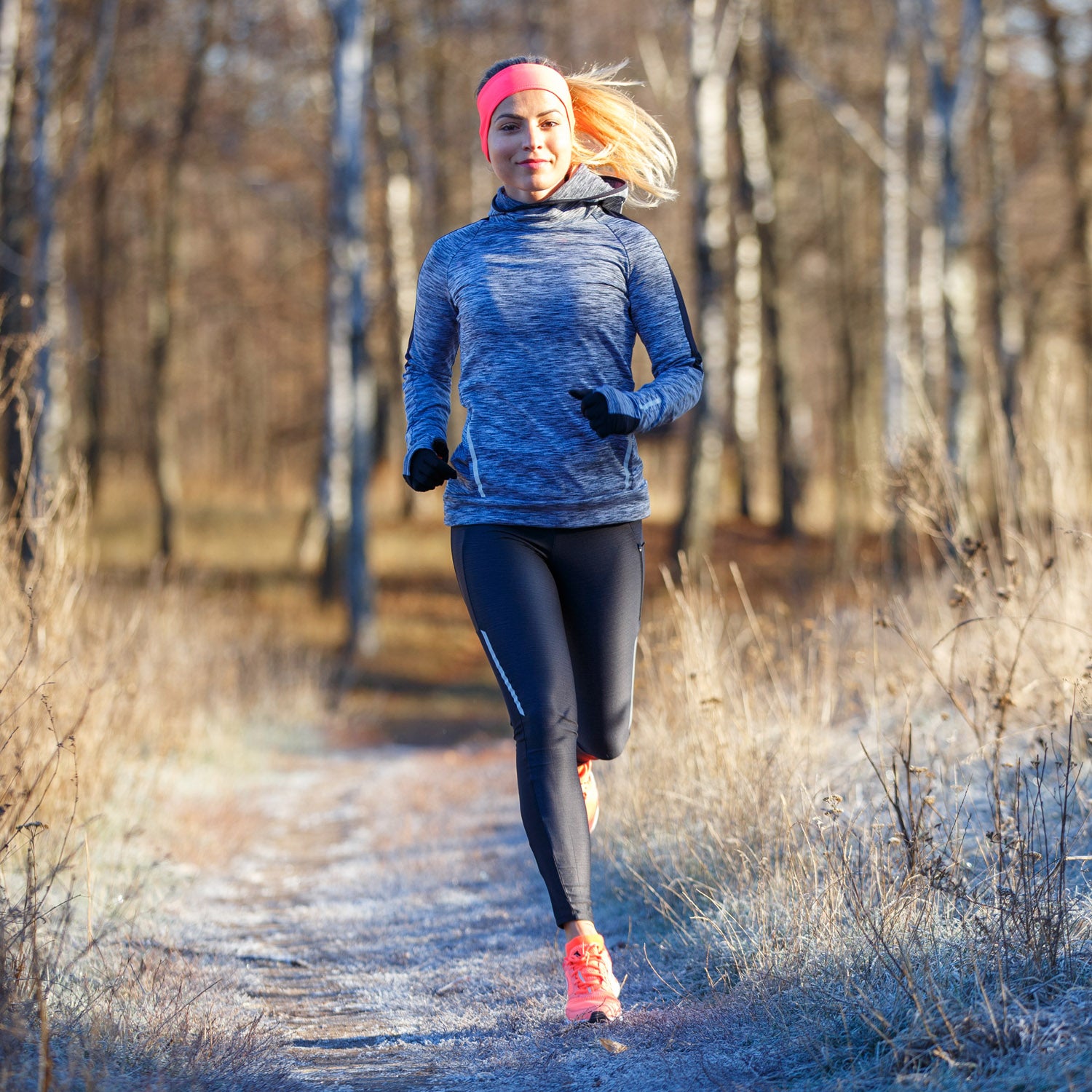January and February can be tough months to get out there and get the training done, particularly with the likes of Storm Christoph hitting the UK.
While it was once seen as a badge of toughness to be braving freezing conditions in shorts and a t-shirt, our understanding of sports psychology has moved on so that you no longer have to feel soft for wrapping up.
In this day and age, there are all sorts of clothes you can use to protect yourself from the elements so getting your workouts in doesn’t have to be quite so brutal.
Here, Built for Athletes looks at five types of winter gear to help you train in the cold.
Leggings
They can be controversial - particularly for men - but a good quality pair of running or cycling leggings can help keep your lower body warm in the worst of conditions.
You no longer have put up with numb extremities because lycra will preserve your body temperature.
So if you’re squirmish about wearing leggings in public, get over it and get the training done.
Hat
If you are someone who is worried about embarrassment at being seen in tights, pairing them with a hat could at least mean fewer people will recognise you.
A good quality beanie can also mean you’re practically covered from head to toe.
For a no-nonsense good quality hat to help keep warm throughout your workouts, check out the BFA Beanie.
Gloves
Many of us get severely cold hands and feet, which could be due to bad circulation.
One cause of bad circulation is narrow arteries in the hands or feet, and this can leave you with fingers tucked under your shirt sleeves because they’re throbbing with pain even though your training partner looks like they’re in the south of Spain.
Get a good quality pair of gloves so you don’t have to suffer any longer and can focus on the workout.
Midlayer
A midlayer is possibly the athlete’s best friend in the winter because it’s an easy throw on when you can’t quite judge the temperature outside.
The three-quarter or half-zip means you can wear that extra layer and then simply unzip to open up the collar if the sun comes out or you get too toastie after warming up.
Snood
A snood is another controversial clothing item that is sometimes associated with softness. But it’s one of the best bits of gear if you’re faced with an arctic-style wind that’s lashing at your face.
It can also double as a face covering if you move into a crowded area on a run.


Share:
Mat Fraser’s Advice On How To Train When Tight For Time
5 Ways Athletes Can Avoid Back Pain